The Cathedral of San Carlos Borromeo: The legacy of the Diocese of Matanzas.
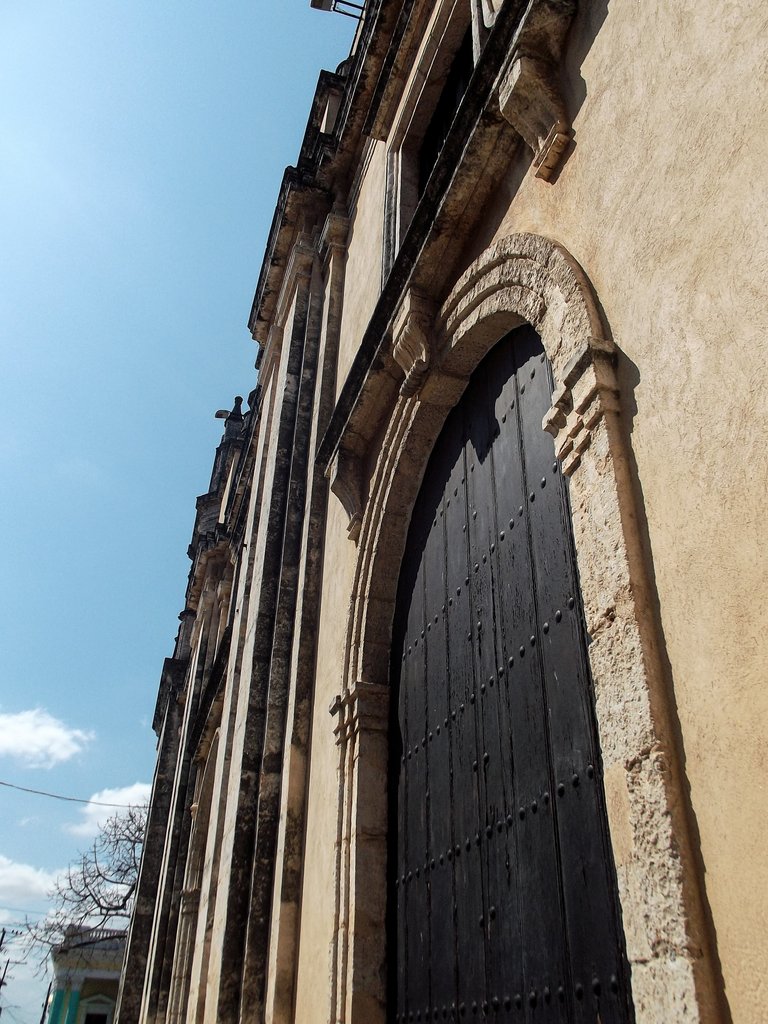
The San Carlos Borromeo is not only a landmark of the urban historic center of Matanzas, but it is also considered the best temple with eclectic expression of the 19th century in Cuba, according to experts. The history of the church dates back to October 12, 1693, when Iltmo. Sr. Diego Avelino de Compostela, Bishop of Cuba, blessed the first stone and the site intended for the construction of the Parish Church of the new city of Matanzas. Over the centuries, the church has undergone several transformations and improvements, highlighting its architectural value and its harmony as one of the best expressed eclectic temples of the time.
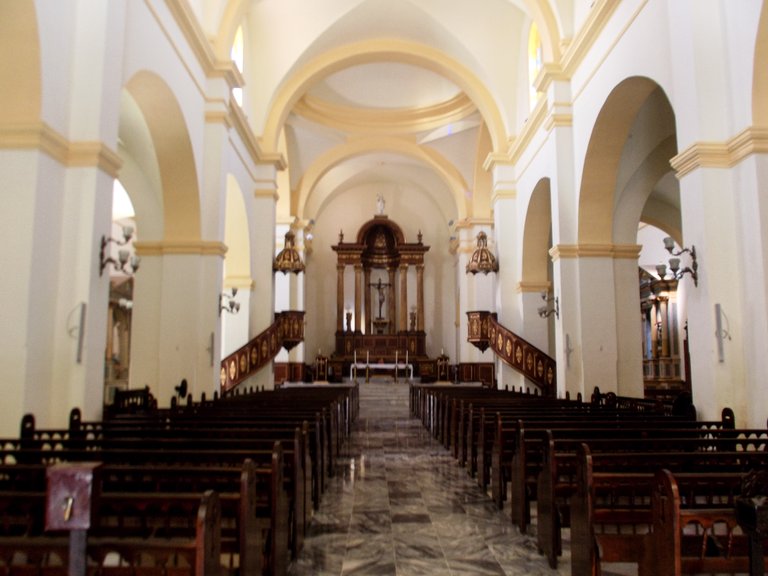
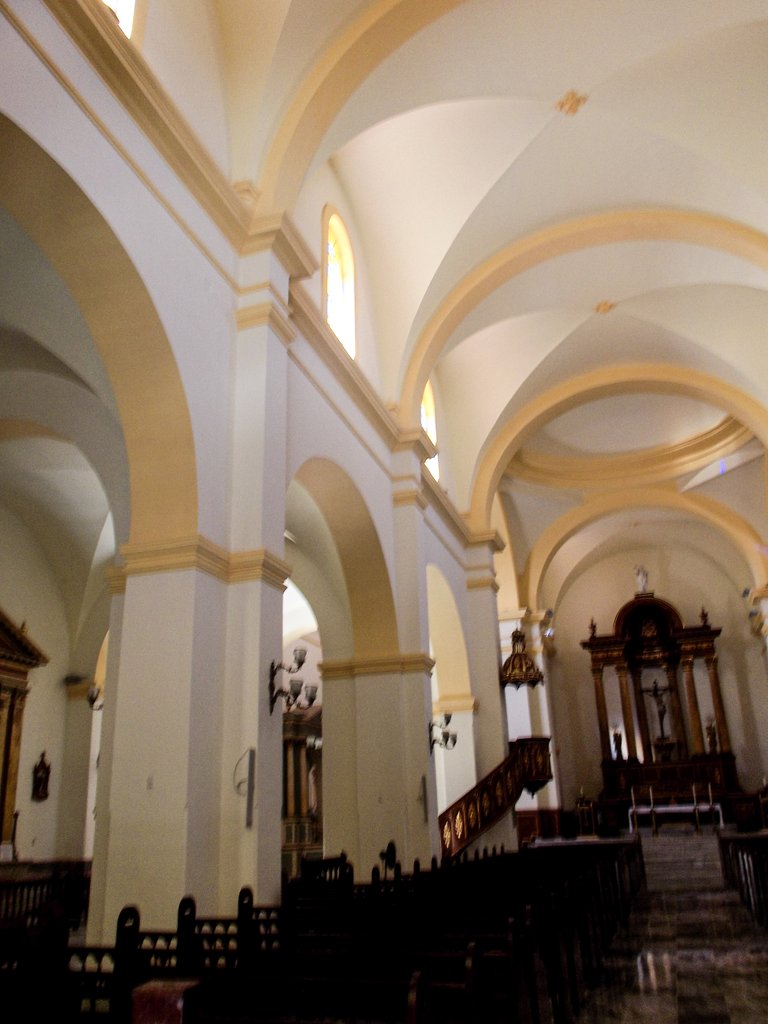
During the 19th century, the prosperous city of Matanzas experienced economic growth that fueled demand for improvements to its cathedral. In the 1830s, major works were carried out which transformed the church into an imposing structure. The current towers were built, one in the Spanish baroque style and the other in Moorish influence, the naves were expanded and windows were added to increase their elegance. By the end of the century, Matanzas Cathedral had acquired the shape we know today.
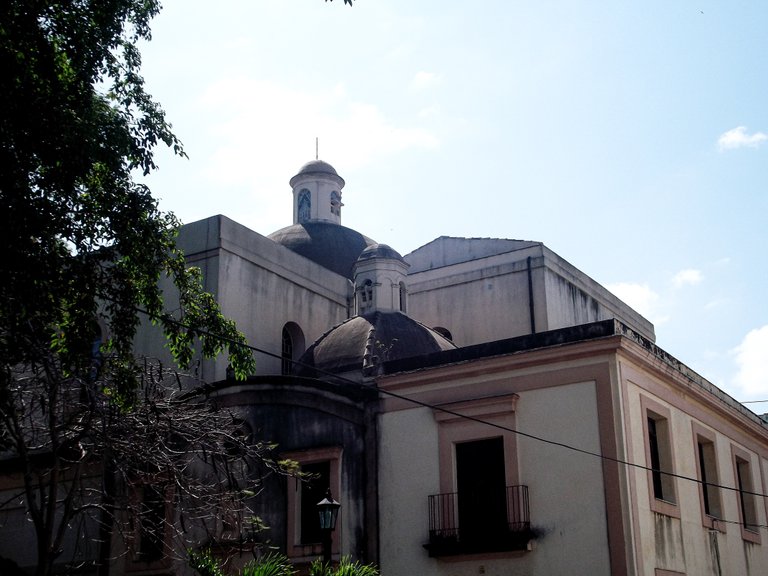
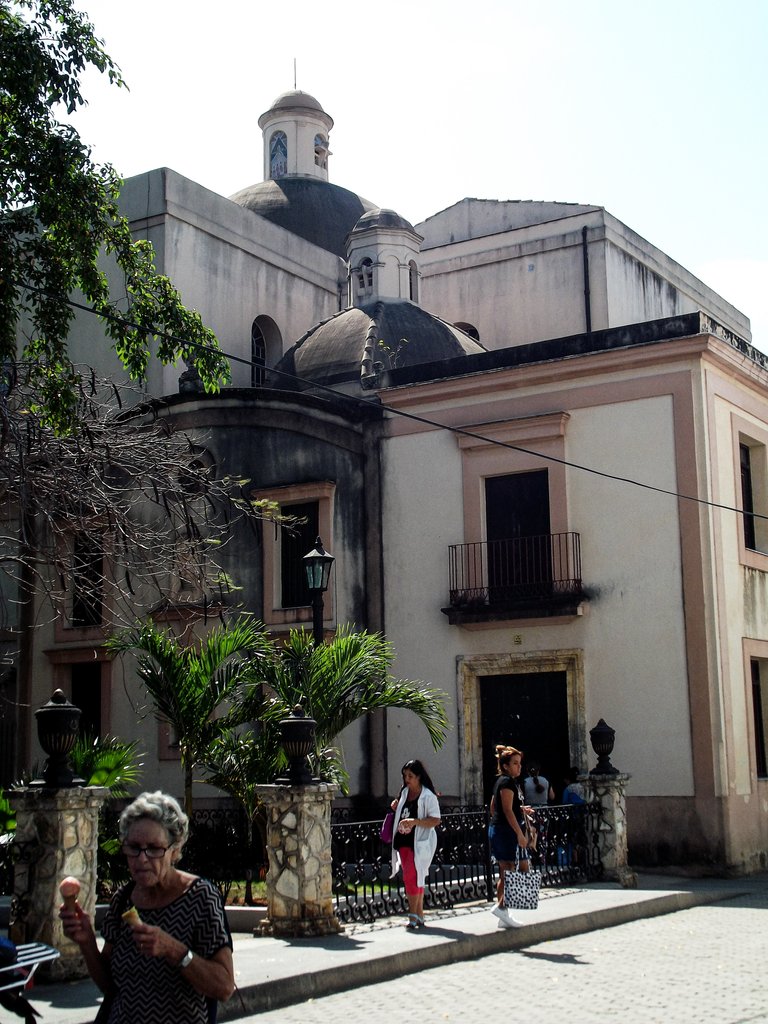
In 1912, San Carlos Borromeo was elevated to the rank of cathedral and significant improvements were made to strengthen the structure of the building, such as the removal of the catacombs and the installation of columns to support the central dome. A marble floor was laid and the altars were embellished. During the 1940s, improvements and additions continued, highlighting the creation of the grotto of the Virgin of Lourdes, located at the entrance to Milanés Street.
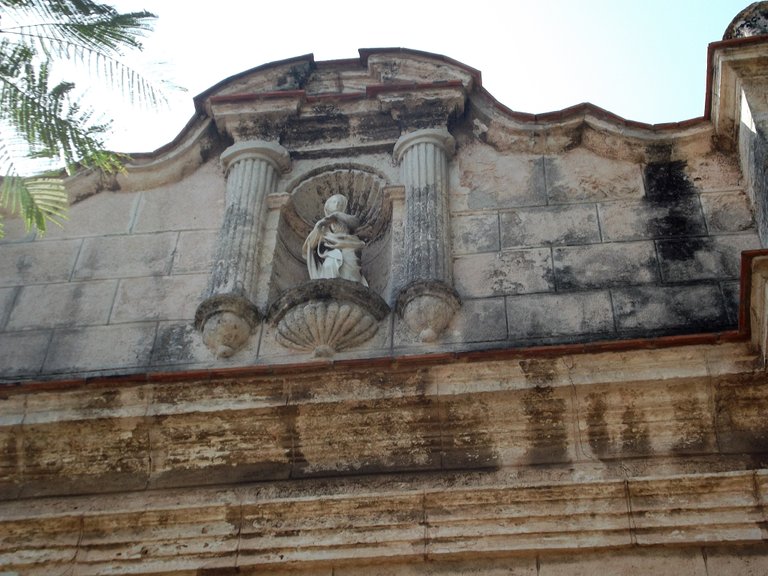

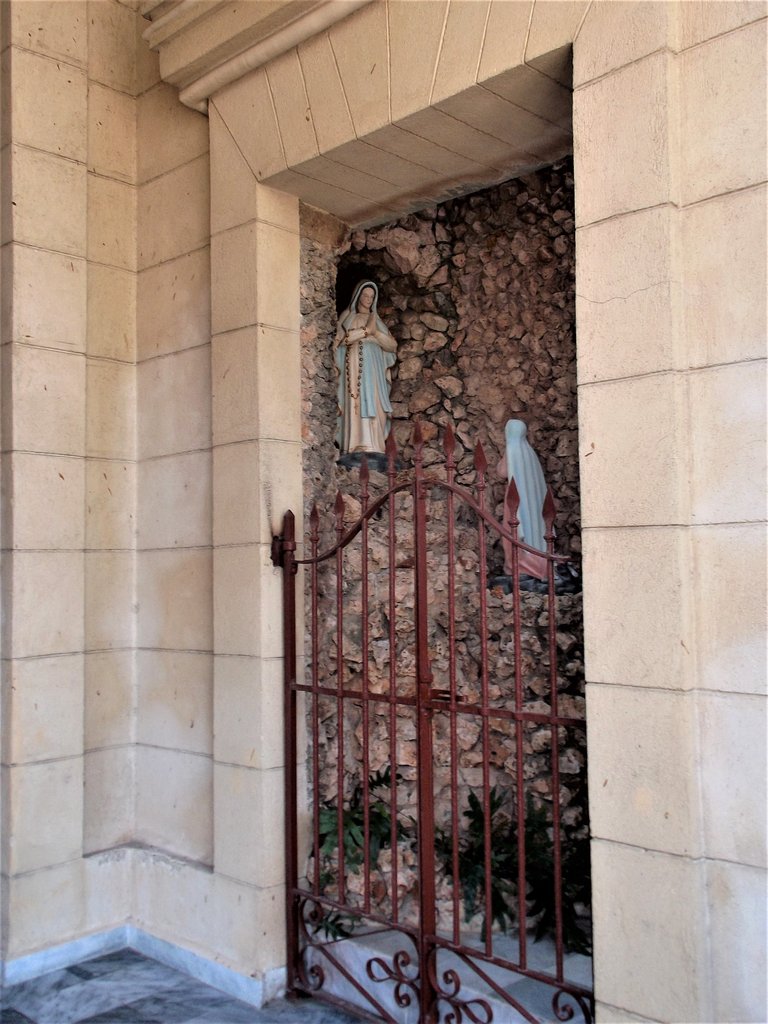
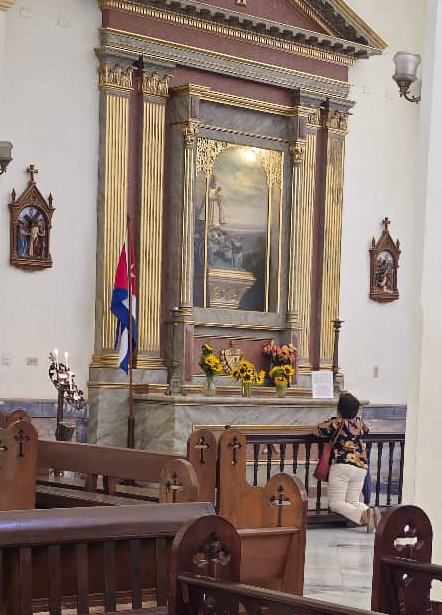
The eclectic style of the Matanzas Cathedral, the product of various transformations over the years, has given rise to the beautiful building that we can admire as we walk through the streets of the city.
Congratulations @katherynart! You received a personal badge!
You can view your badges on your board and compare yourself to others in the Ranking